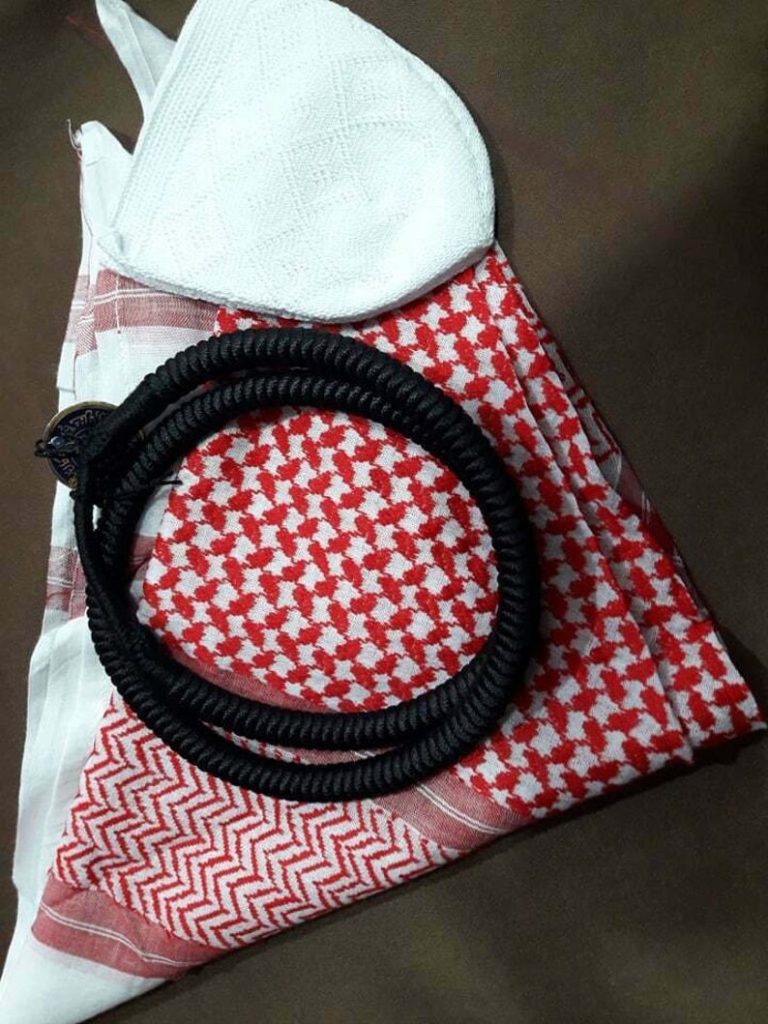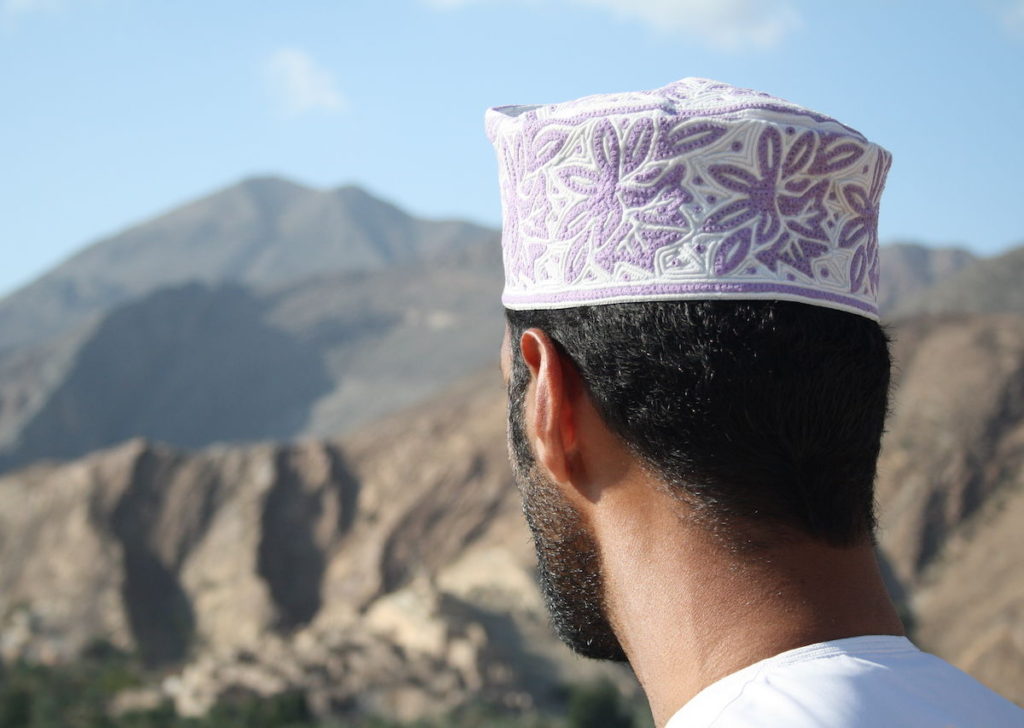The predominant desert environment in our part of the world makes it difficult for people to wander about without a protective headwear. Whether it was a turban, taraboosh, taqiya, keffiya, or hijab, headgears were an integral part of the culture of the region. The origins of each is immersed into the religion or heritage of each nation, turning into a native staple at some instances and a fashion statement at others.
Turbans are popular in North African nations, such as Egypt, Libya, and the Maghrib countries. It is often wore in Oman, Iran, and South Asia. The keffiya, on the other hand, is a symbol of liberation in Palestine and a cornerstone in the wardrobes of GCC men. Berbers in the Sahara rely on the hoods of their djellabia or burnous for protection from the blistering heat, while Kurds in Iraq and Iran have their own traditional qashqai felt hat.
Each headdress has its own unique features that make it representative of a nation or a distinct group of people in the region, so in case you did not know the difference between each of them, here are some of the most popular hats and headdresses of the Arab World.

Since the Palestinian leader Yasser Arafat adopted the black and white keffiya, it became an instant symbol of Palestinian nationalism in the face of the occupation.

The Shemagh is the Jordanian take on the keffiya. It is a red-checked, centuries-old headdress made out of cotton. It is often fringed with white patterns that are said to look like a camel’s eye lashes. Historians believe that its origins could be traced back to ancient Mesopotamia.
The shemagh soon found its way to the Kingdom of Saudi Arabia, where it became a staple of the Arab culture there. The Saudis made some changes to the Jordanian headdress by ditching the white borders and adding the iqal, a woven black cord placed around the scarf to hold it in place.


Each country in the GCC has its own take on the shemagh, with Emiratis favoring an all-white ghutra, but wearing the heavier shemagh in winter. There are also several ways to properly wear a shemagh: wearng it loose with an iqal is considered formal, while wrapping it as a turban (hamdaniyya) is more casual.

During the late Ottoman rule, Egyptian men from the civil service and the ruling intelligentsia class could be seen wearing European clothing with a distinct headwear called tarboosh. It was a staple of military headgear until the 1952 Revolution.
The Sudanese turban is a five-meter headwear wrapped around the head in a variety of patterns. It is usually worn with the Sudanese long jelbab. The Yemeni Qaweq is a tightly wound headscarf made of fine fabrics and often adorned with Quranic verses. The Omani masar is twisted and wound over a kumma, a box-like cap whose flat top gives the masat its shape. Omanis tend include more lively-colored elements in their keffiyas, and they often embellish it for formal occasions.






